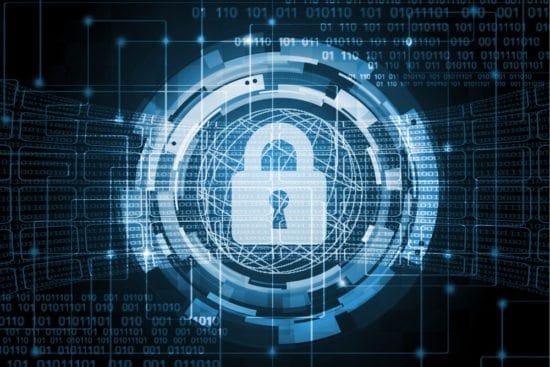Following the news that Europe has moved closer toward new cybersecurity standards and reporting rules following a provisional network and information systems agreement dubbed NIS2 by the European Council and Parliament, please find comments below from Saket Modi, who highlights that the new regulations are a step in the right direction, but more needs to be done, and Paul Brucciani, who offers comments around the ways organizations should also look to logical cybersecurity rules as compliance doesn’t always make you safer.
New ‘NIS2’ Cybersecurity Standards – Expert Comment
Information Security Buzz is an independent resource that provides the experts’ comments, analysis, and opinion on the latest Cybersecurity news and topics



